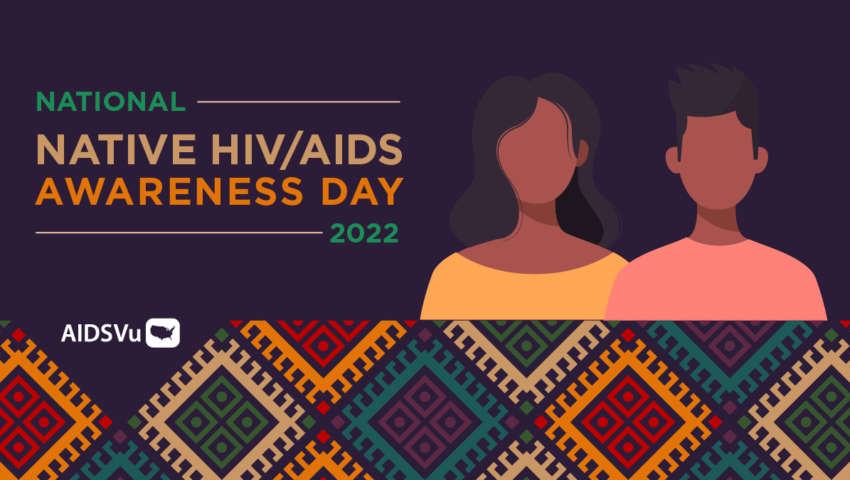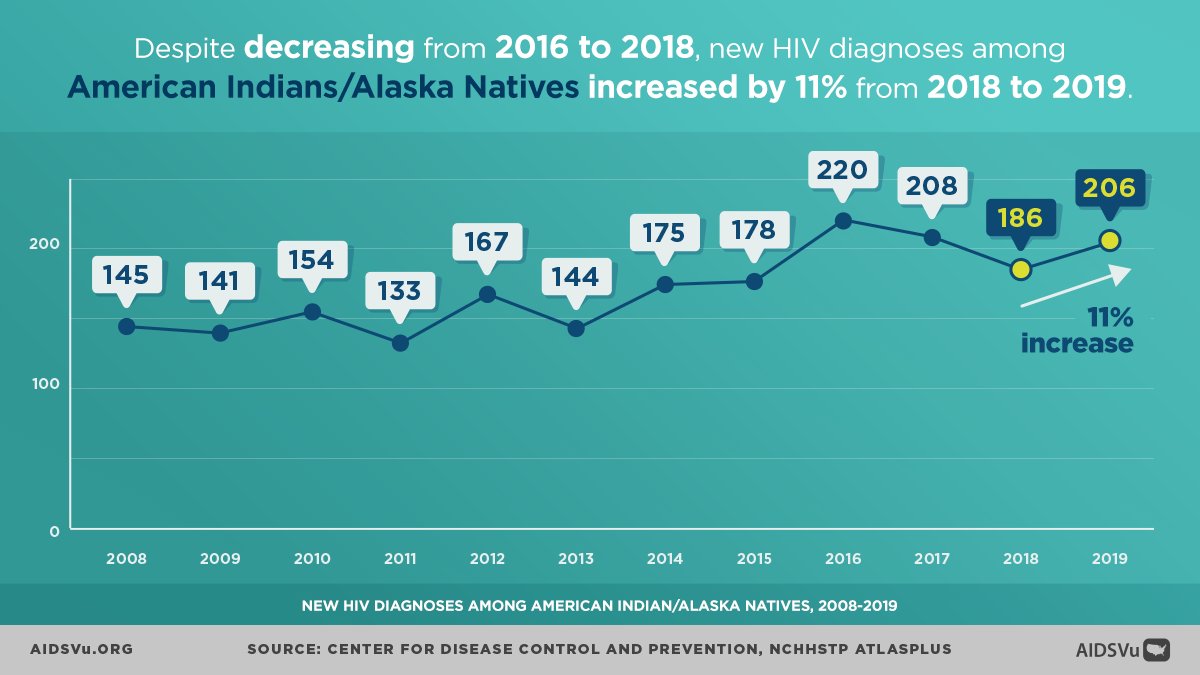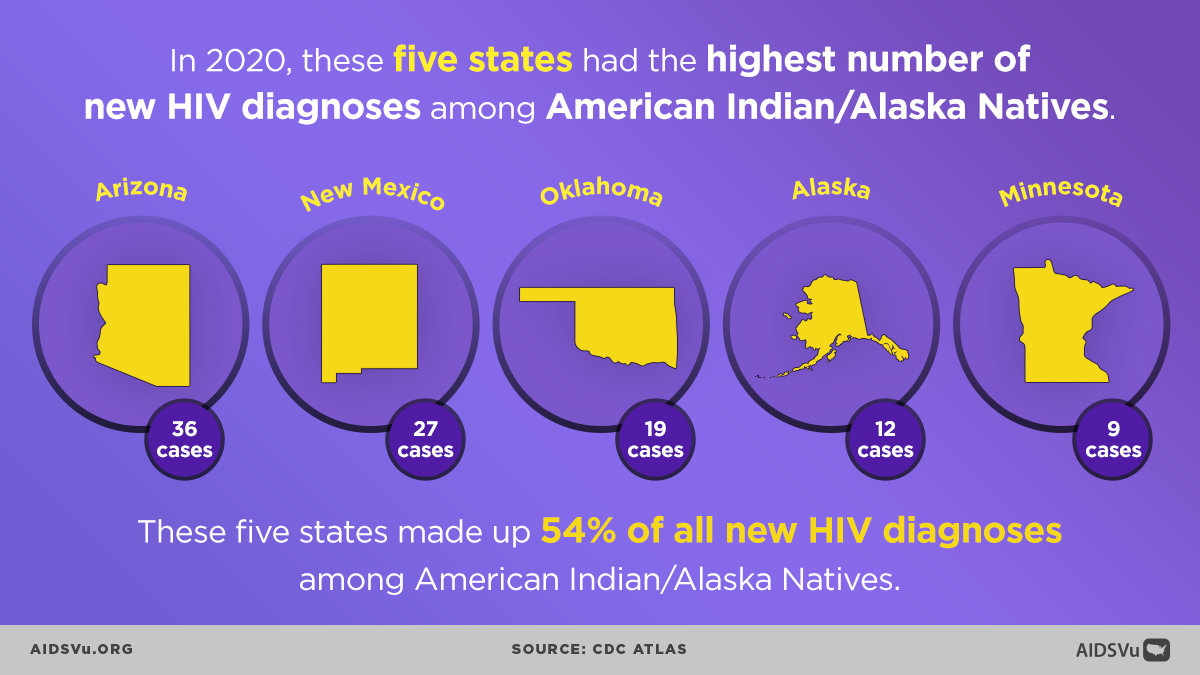March 20 is National Native HIV/AIDS Awareness Day (NNHAAD), an opportunity to raise awareness about the impact of HIV on Native communities, including American Indians, Alaska Natives, and Native Hawaiians, and promote the importance of HIV education, testing, prevention, and care.
Held each year on the first day of spring, NNHAAD was chosen by the Native community to be held on this day as it represents a “celebration of life for all people.” This year’s theme is “Reflection. Celebration. Rejuvenation.”
Among Native communities, HIV impacts certain groups more than others – for example, Gay and Bisexual Men represented 82% of new HIV diagnoses among American Indian/Alaska Natives (AI/AN) men in 2020. In the same year, injection drug use accounted for 43% of new HIV diagnoses among AI/AN women. According to the Centers for Disease Control and Prevention, factors such as high rates of sexually transmitted diseases among AI/AN populations, alcohol and drug use, and cultural stigma result in disproportionate HIV rates among Native communities.
It is also important to recognize how social determinants of health can negatively impact HIV-related health outcomes for Native communities due to a lack of access to affordable health care and financial insecurity. For example:
- In 2019, 6.1% of the AI/AN population were unemployed, compared to 3.7% of the U.S. population.
- In the same year, 15% of the AI/AN population were uninsured, compared to 8% of the U.S. population.

To learn more about how the HIV epidemic impacts Native communities, explore these AIDSVu resources:
- Visualize HIV data in Native communities stratified by age, sex, and transmission categories on AIDSVu’s interactive maps.
- Explore our local data profiles to learn about HIV/AIDS in your area.
- Find available HIV testing and care services near you with AIDSVu’s service locators.
- Read expert-led Q&A blogs to deepen your understanding of HIV/AIDS among Native communities.
- Share our infographics with your networks to raise awareness.











